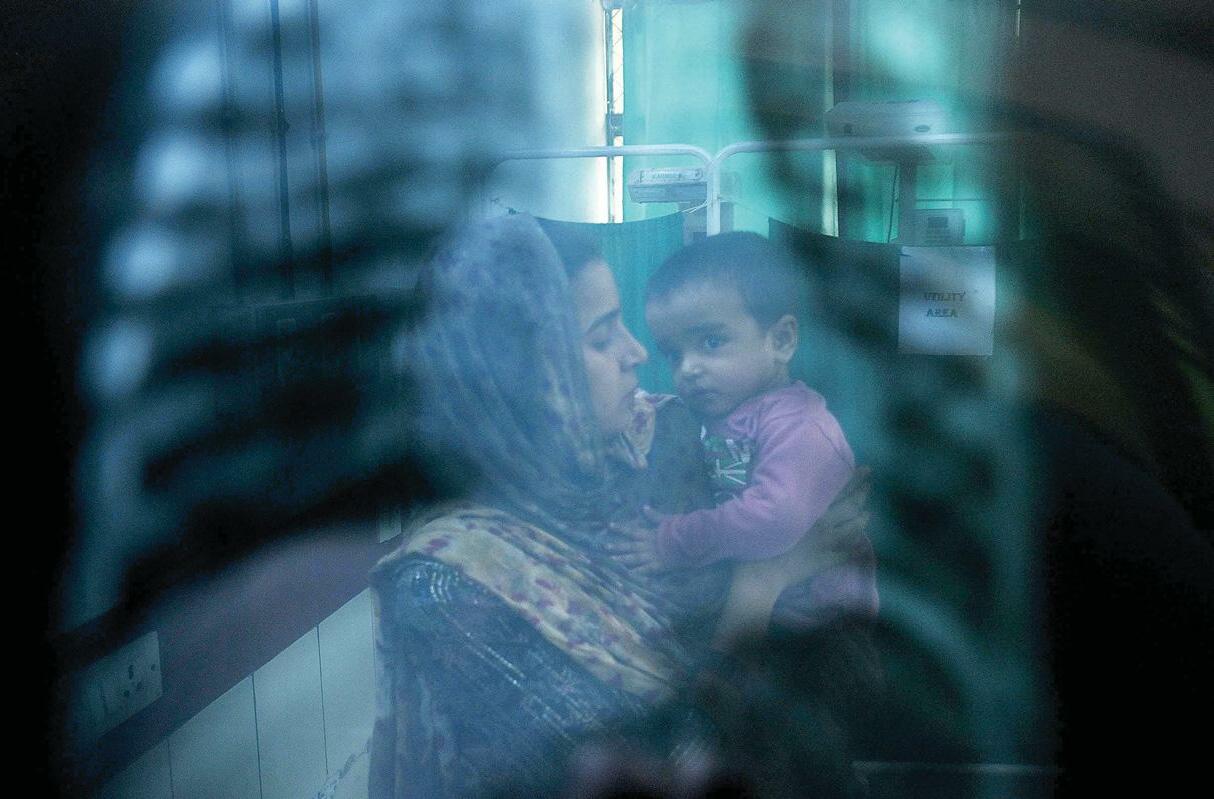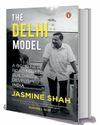
Air pollution affects all of India’s 1.4 billion people, according to a World Bank report of 2023. It is not just a silent killer, it also strangulates the economy. In 2019, India lost 3.6 per cent of its GDP to air pollution because workers fell sick, productivity was hampered and greater expenses on health care were incurred.
One recent study by Pristyn Health Care (The Great Indian ENT Survey, 2023) found that three in five residents of Delhi and Mumbai would consider relocating because of poor air quality. The study found that 90 per cent of all respondents had common AQI (Air Quality Index) symptoms such as coughing, breathlessness, wheezing, sore throat and irritated eyes.
The AQI is a yardstick that runs from 0 to 500. At 301, it becomes hazardous.
The five major pollutants are ground-level ozone; particle pollution; carbon monoxide; sulphur dioxide and nitrogen dioxide. Particulate matter is a mixture of solid particles and liquid droplets found in the air. Some particles, such as dust, dirt, soot or smoke are large enough to be seen by the naked eye. When the measure of these particulate matters is 2.5 micrometres or less in diameter, they are invisible to the naked eye and can travel deep into the respiratory tract, getting to the lungs and causing short term problems such as coughing, sneezing and a runny nose, while long term health challenges include greater risk for asthma, heart diseases and low-birth weight. Hence the dreaded mentions of PM 2.5.
Dr Randeep Guleria, chairman, Institute of Internal Medicine, Respiratory and Sleep Medicine, and Director, Medical Education, Medanta, Gurugram, takes us through the issue. He says that in the west, it is held that chronic exposure to high levels of air pollution poses as significant a risk for heart disease as smoking or high cholesterol.
Denne historien er fra January 07, 2024-utgaven av THE WEEK India.
Start din 7-dagers gratis prøveperiode på Magzter GOLD for å få tilgang til tusenvis av utvalgte premiumhistorier og 9000+ magasiner og aviser.
Allerede abonnent ? Logg på
Denne historien er fra January 07, 2024-utgaven av THE WEEK India.
Start din 7-dagers gratis prøveperiode på Magzter GOLD for å få tilgang til tusenvis av utvalgte premiumhistorier og 9000+ magasiner og aviser.
Allerede abonnent? Logg på

Forging the future
As the curtain falls on 2024, I take pride in the extraordinary milestones achieved under the leadership of Prime Minister Narendra Modi. This year stands as a testament to the Modi government's resolve to forge a resilient and forward-looking Bharat. From groundbreaking advancements in infrastructure to visionary global initiatives, these efforts resonate deeply with the vision of Viksit Bharat.

Our strange democracy
Abraham Lincoln is lauded as among the very best presidents the US ever had: the statesman par excellence successfully steered the nation through the devastating and perilous years of the American civil war. Not only did Lincoln manage to keep his country united, he also ensured the passage of the 13th amendment to the US constitution, which abolished slavery.

Five years of post-pandemic fashion
It has been five years since we discovered what Covid-19 was, and five years since it disrupted the world forever. The World Health Organization activated their emergency systems on January 1, 2020, and informed the world by January 4, 2020. By the end of that week, they had set guidelines for various countries to follow. Comparable to the Spanish flu of 1918, more than 7 million people have died of Covid according to official data. Unofficially, no one has an idea. WHO has just this week asked China to provide critical data to understand the virus's origins as a “moral and scientific imperative”.

Community spirit
Rhythm of Dammam opens a window to the world of African-origin Siddis of Uttara Kannada

'Breaking' down a scandal
Society Girl is not just a case study of a high-profile death in Pakistan but also a stark commentary on media trials

Progress card
Jasmine Shah's book tells you what the AAP has achieved in Delhi in the last 10 years

SENSE IN NONSENSE
In his latest book of poetry, Ruskin Bond is at his funniest

Get ready for Trump bump
The ‘butterfly effect’ is a beautiful, mysterious metaphor of the planet’s interconnectedness.

QUIET FLOWS THE FAITH
The melding of an ancient amorphous faith and the latest science; of an antique tradition and new practices; ways of life older than memory and new expressions is happening at Prayagraj in Uttar Pradesh.

Trash to treasure
How a weed-choked Dal Lake spurred Maninder Singh's journey to become a waste management visionary